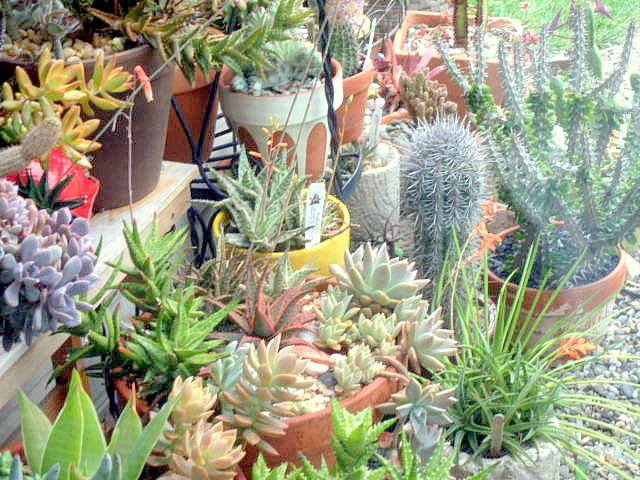
Whether writer, potter, musician, chef or textile artist, creative people enjoy the aesthetics of growing plants. To blend and harmonize color, experiment with texture, depth, proportion and scale, to lose oneself in the music of a garden provides a creative outlet, even to the horticulturally challenged. Container gardening, small and manageable or grand–to the limits of your time, money and scope of interest–will reward you.
I attended Horticulture school at the Temple, Ambler campus, but my gardening journey began with Nana in her burgeoning quarter-acre New Jersey flower garden. There, I pulled weeds, collected Portulaca and Four O’clock seeds, and planted annuals in her richly cultivated beds. It was a fine beginning.
Nana grew Geraniums—their formal name, Pelargoniums—in pots, although African Violets and other houseplants were her potted specialties. Standard for pot culture in the 1950’s, they remain popular in suburban and city patios and windowsills. Their full, vivid red and pink blossoms contrast with heavy, bright green leaves. In the fall, she brought the clay pots into the cellar, removed her geraniums from their dried soil, and hung them up-side-down from wall hooks for the winter. When the first warm, early spring light angled through the casements, green began to sprout from the bases of her desiccated plants, and we knew life was stirring within them. She would trim the woody stems down to the new bushy growth, repot them in fresh soil, and bring them up the steps into sunshine.
Nana didn’t combine plants in pots, except for some houseplants. Today, we might see Sweet Alyssum’s white, lacy, flowing collars at the edges of Geraniums pots. Combinations, or “combos,” we called them at the lush garden center, Meadowbrook, in Rydal. We designed and custom-planted all sizes and shapes of clay patio pots with annuals, perennial, succulents and herbs. Our Philadelphia area customers wanted their high-style containers planted, maintained, and switched out spring through fall for their terraces, small and large patios, doorsteps and decks.
Principles of garden design apply to container gardening, which provides opportunities for perfection on a small scale, since soil, pot placement and exposure can be controlled, and containers and plants are chosen to enhance each other.
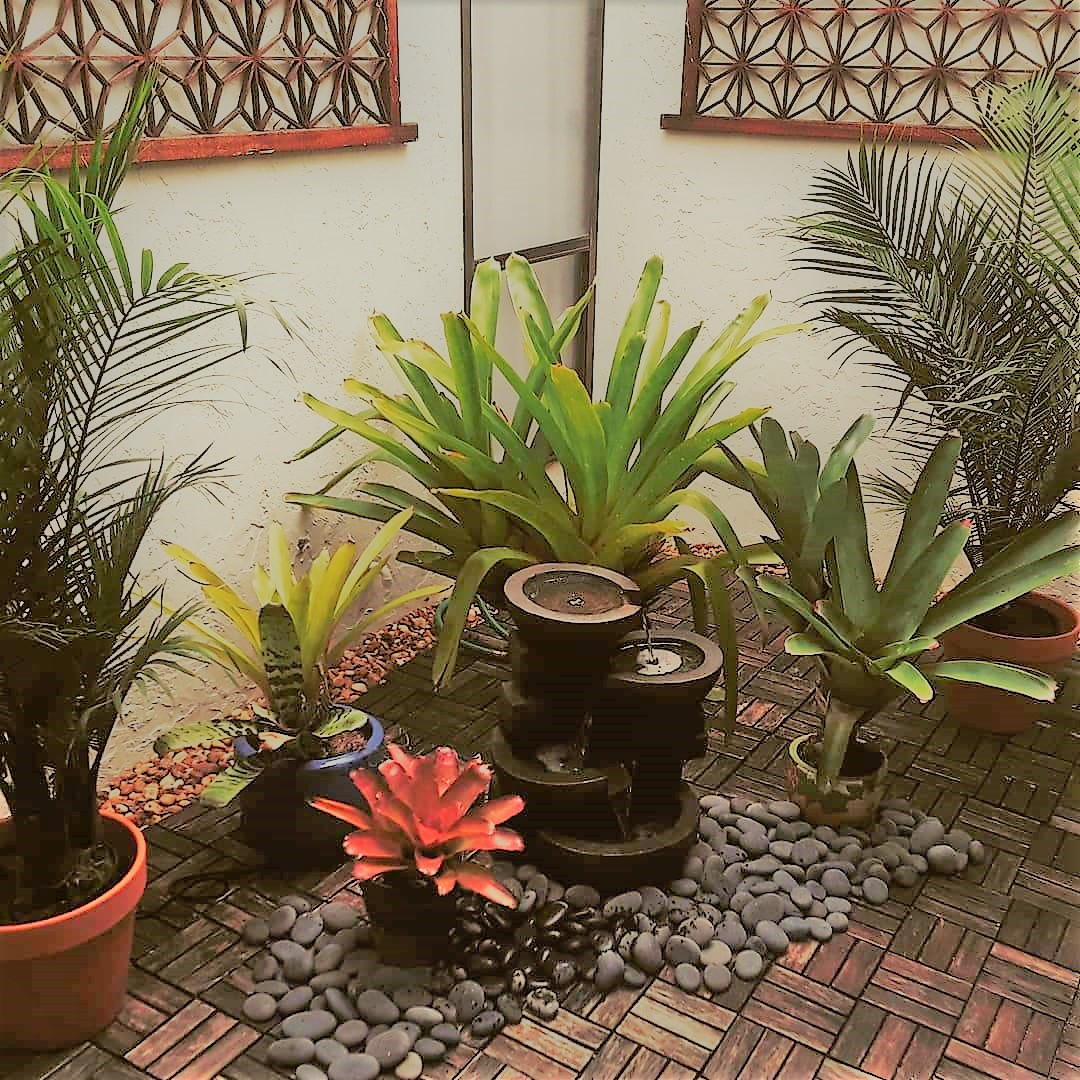
Hardiness/Tolerance: Don’t be fooled by grocery and home improvement merchants who display tender annuals and tropical plants outside in April. In Pennsylvania, our last frost is sometime in May. By Mothers’ Day, the weather has moderated, but Memorial Day can be cold and wet. Be sure to check the Almanac or Weather Channel for impending frost before putting your plants out. Consult your USDA Hardiness Zone map, if you’re new to your area.
Balance, Scale, and Proportion: Choose plants to the size and scale of your pots, and select pots in scale to your patio or porch; that won’t dominate the space. Place a large pot in relation to a feature of your house, such as a post or a doorway. Or, an assemblage of smaller pots might be preferable to one large pot or urn. Be sure, if using a large container, that your plants stand up to one that size, or they will get lost in the pot. Scale down tall focal plants with shorter plants, or to cover bare stems. You would do the same in the garden; use plants soft in appearance as filler, and trailers at the edge of your pots.
Consider planting exotic-looking plants in simple pots, and understated plants in ornate pots. Select plants no more than twice the height of the pot. These pointers contribute to balance in your container garden.
Color: Pick colors of blossoms and leaves that work with the trim of your home, your garden furniture, your containers, your personal taste and style. Consider the size and shape of your patio in what you want to achieve visually when you choose your colors. Remember that foliage, as well as flowers, provide color.
Harmony is created by shades of one color, such as blue, lavender and purple. These particular colors tend to recede, while bold colors come forward and create drama. It just depends on what you’re trying to achieve. In a wooded setting, I’d prefer to use the blues, lavender and white, while on a hot terrace, I like bold and sunny colors. In fact, for best culture of orange and red, like Marigolds and Geraniums, put them in the sun. Blues, like Felicia Daisy and Plumbago, and the herb, Lavender, prefer sun.
Structure, Focal Point and Texture: Both pots and plants provide structure and a framework to your design. Groups of containers can create a focal point on your patio. Large, branching plants create structure; a framework. A tall plant, like a standard red Geranium, or braided pink Bougainvillea, in an oversized planter is a dramatic focal point in a large doorway. In a medium sized or small pot, a single bold plant or leaf color draws the eye. Many retail pre-made combination pots use a Dracaena or “spike” tropical plant as focal point. You might choose an ornamental grass, a Canna, or colorful banana hybrid as your focus. Place it at the center or back, and surround it with plants of varying heights for dimension.
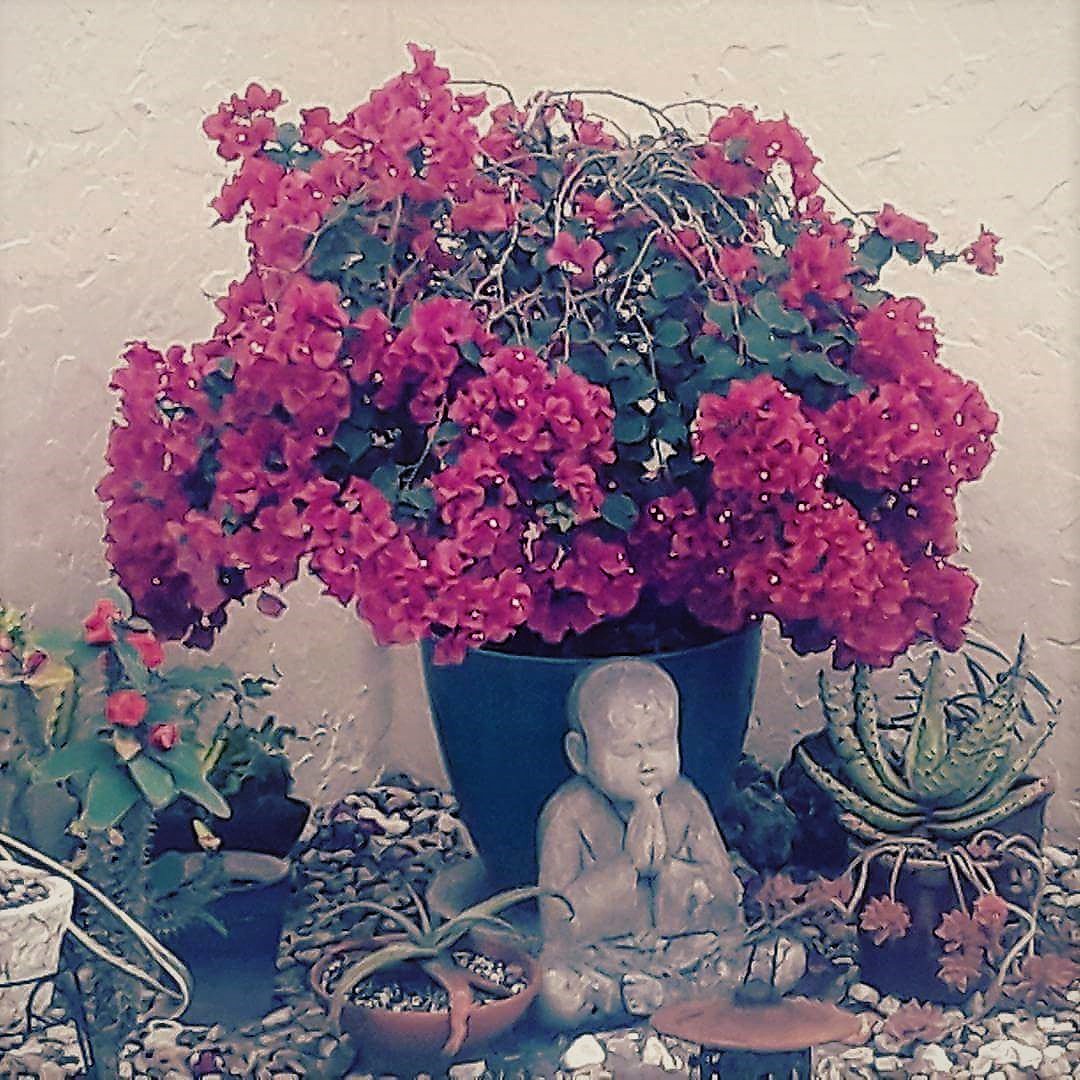
Vary foliage texture and density to create interesting plays of light. Wiry, fine or airy foliage, such as Asparagus or Maidenhair ferns, combine well with denser plants, such as Hosta or Tuberous Begonias, on a partially shaded terrace, and provide texture, structure and depth.
Practical Placement: If possible, position your pots prior to planting–since they can be unwieldy and heavy once potted up–in sun or shade, depending on your selections. Use small pedestals or ceramic feet, bricks or blocks, to facilitate drainage. Wheeled dollies allow safe re-positioning of large pots.
Moisture Matters – Soil and Water: Use a moisture-retentive, yet well-draining soil medium, except for cacti and succulents, which need a gritty mix. Bagged mixes with added slow-release fertilizer, and beads that hold moisture, are ideal for most patio pots. Supplement feeding with water-soluble, liquid fertilizer, or a bloom booster to maximize health and blossom.
Glazed clay pots hold moisture and work well for tropical and annual plants that require evenly moist soil. Ensure the bottom hole drains freely. Line the pot bottom with a square of landscape fabric, layers of newspaper, or place a ceramic shard or stone over the hole to prevent soil loss, yet allow the pot to drain. Most plants object to sitting in water. If you must use clay saucers under your pots, be sure to tip them soon after rain.
Planting and Care: Plant your containers as you would a garden, using enough plants to give an ample, filled-in look, and allow them to spread naturally. The Sweet Alyssum planted to trail in spring can be lost under a full Geranium later in the season, unless they are both groomed. Remove spent blossoms; deadhead, and clip dried or yellowing leaves routinely, to keep containers fresh all growing season. Now, sit back and enjoy your creations, as well as the butterflies and Hummingbirds that visit your container garden.
About the Author: Mary Ellen Gambutti

Mary Ellen writes about her life as an Air Force daughter, search and reunion with her birth family, gardening career, and survival of a stroke at mid-life. Her stories appear or are forthcoming in Gravel Magazine, Wildflower Muse, The Remembered Arts Journal, The Vignette Review, Modern Creative Life, Thousand and One Stories, Halcyon Days, Nature Writing, Post Card Shorts, Memoir Magazine, Haibun Today, Borrowed Solace, Book Ends Review, Storyland Literary Review, and SoftCartel Magazine. Her chapbook is Stroke Story, My Journey There and Back. https://ibisandhibiscusmelwrites.blogspot.com/
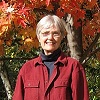 Patricia Wellingham-Jones is a widely published former psychology researcher and writer/editor. She has a special interest in healing writing, with poems recently in The Widow’s Handbook (Kent State University Press). Chapbooks include Don’t Turn Away: poems about breast cancer, End-Cycle: poems about caregiving, Apple Blossoms at Eye Level, Voices on the Land and Hormone Stew.
Patricia Wellingham-Jones is a widely published former psychology researcher and writer/editor. She has a special interest in healing writing, with poems recently in The Widow’s Handbook (Kent State University Press). Chapbooks include Don’t Turn Away: poems about breast cancer, End-Cycle: poems about caregiving, Apple Blossoms at Eye Level, Voices on the Land and Hormone Stew.




 Tabitha is a social media strategist, writer, blogger, and professional geek. Among her published works are the children’s books Jack the Kitten is Very Brave and Machu the Cat is Very Hungry, both published under the name Tabitha Grace Smith. A California girl (always and forever) she now lives in Maryland with her husband, son, and a collection of cats, dogs, and chickens. Find out more about her on her
Tabitha is a social media strategist, writer, blogger, and professional geek. Among her published works are the children’s books Jack the Kitten is Very Brave and Machu the Cat is Very Hungry, both published under the name Tabitha Grace Smith. A California girl (always and forever) she now lives in Maryland with her husband, son, and a collection of cats, dogs, and chickens. Find out more about her on her 

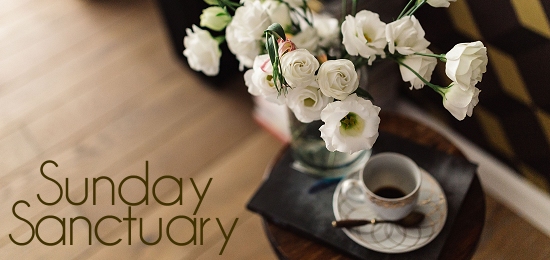
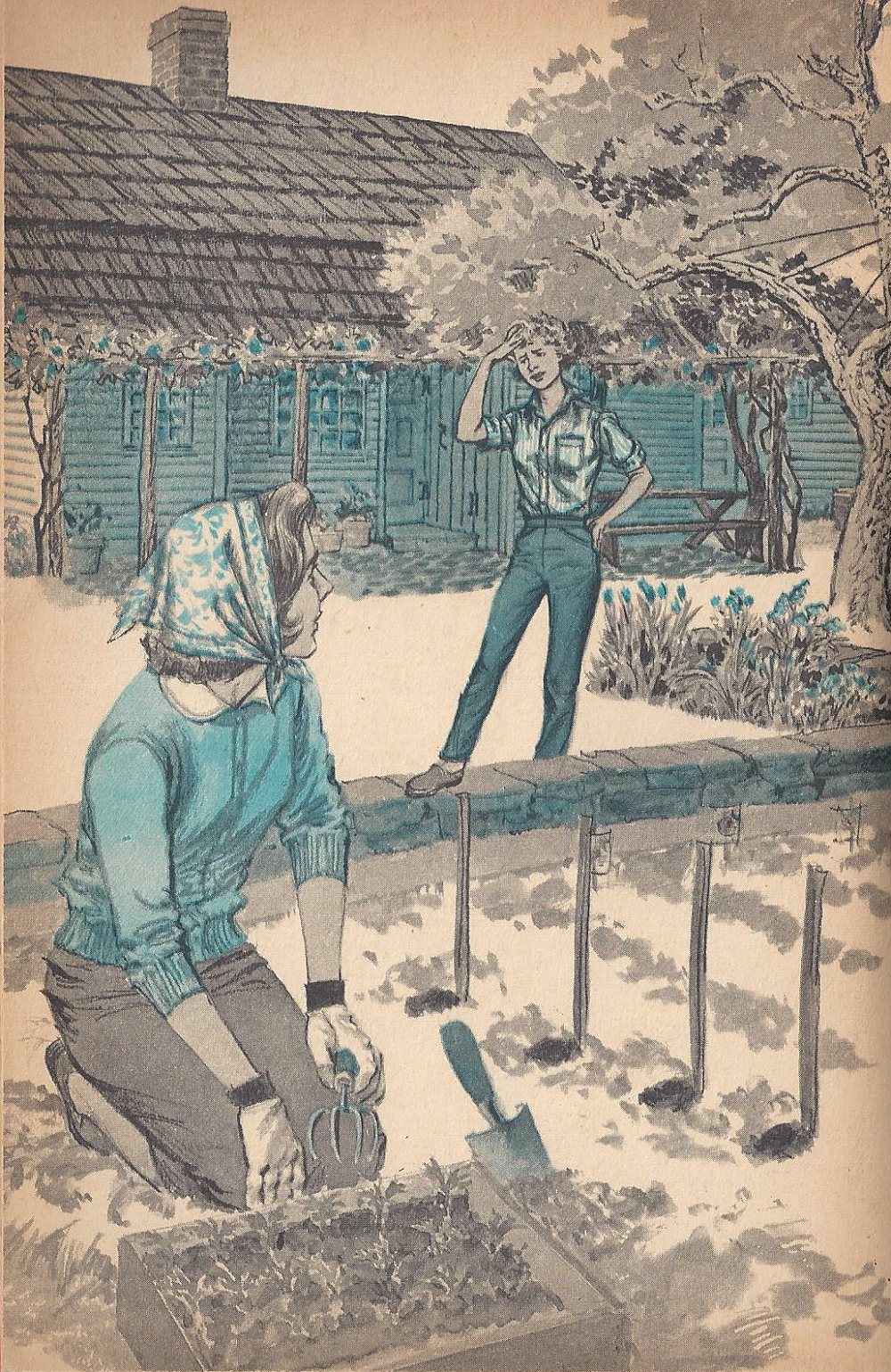 mother: nurturing, loving, nourishing, and supportive while also fierce in the way she cared for her family and her children’s friends.
mother: nurturing, loving, nourishing, and supportive while also fierce in the way she cared for her family and her children’s friends.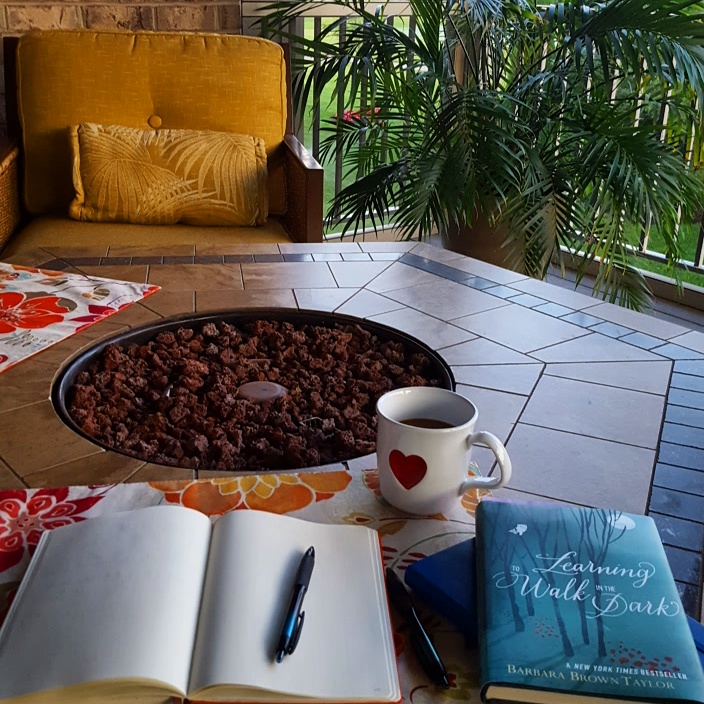 piece of research makes me think about more deeply.
piece of research makes me think about more deeply.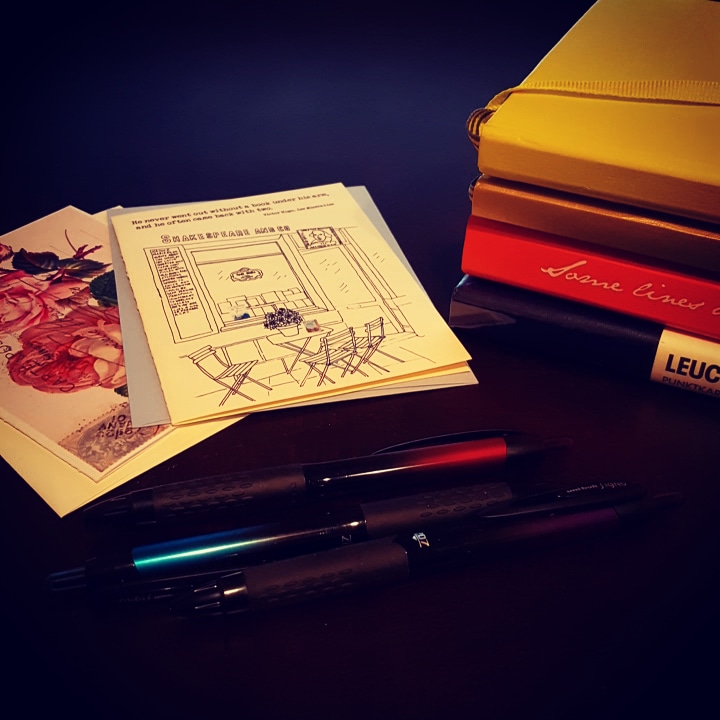

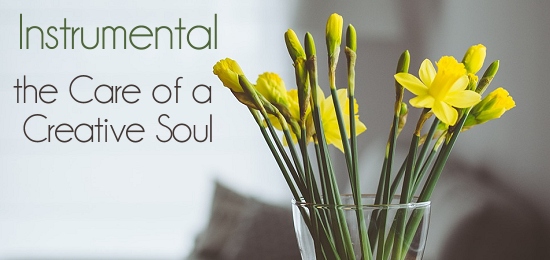
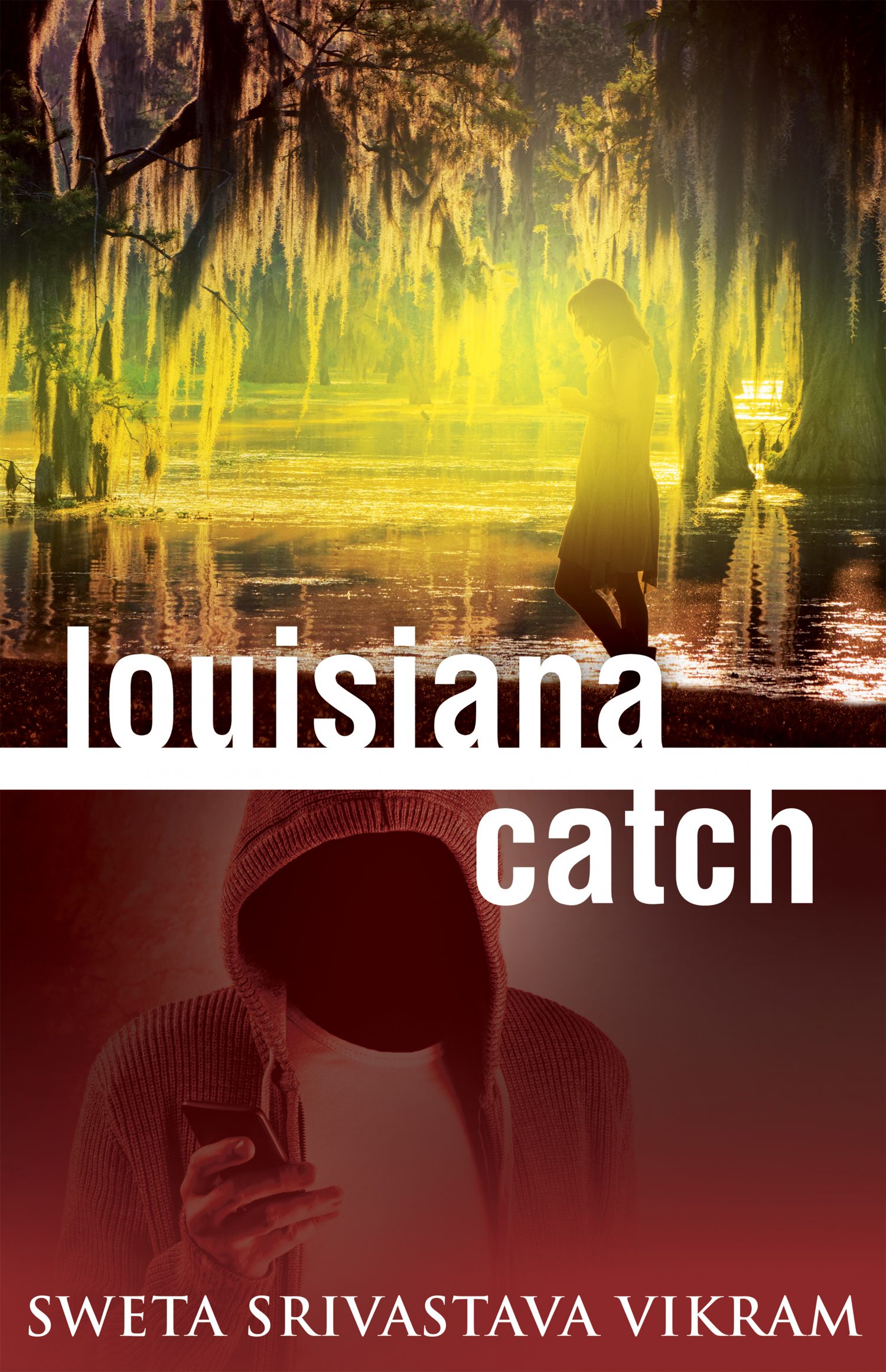 Writing about a marital survivor with respect and authenticity meant interviewing women who had been through this heinous crime; talking to experts and psychotherapists to understand what danger at home can do to a woman; and, reading up immensely on all the information available on rape within a marriage.
Writing about a marital survivor with respect and authenticity meant interviewing women who had been through this heinous crime; talking to experts and psychotherapists to understand what danger at home can do to a woman; and, reading up immensely on all the information available on rape within a marriage. Sweta
Sweta
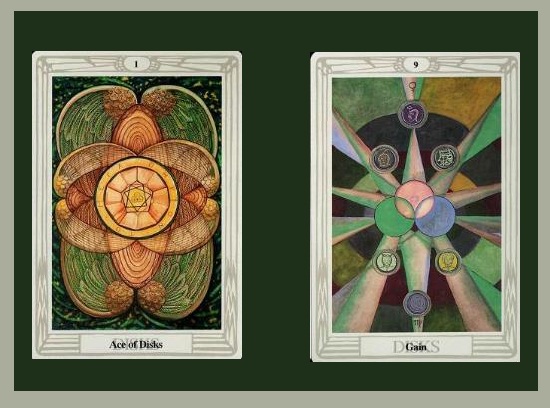
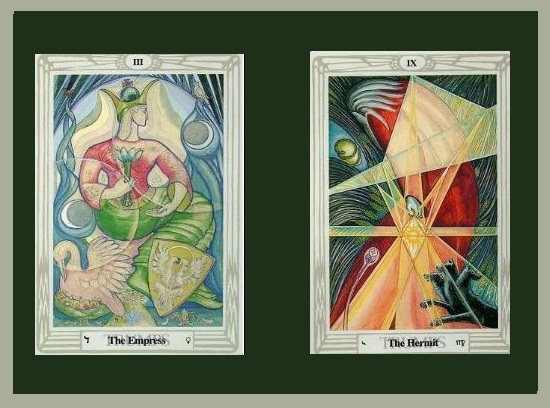
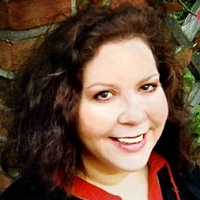 Dona Murphy is the owner of
Dona Murphy is the owner of 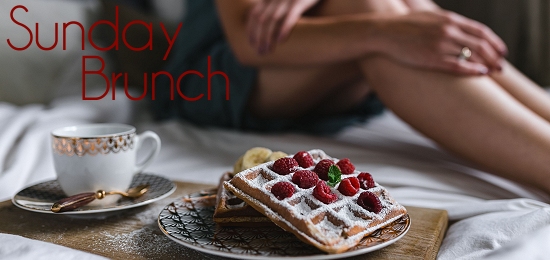
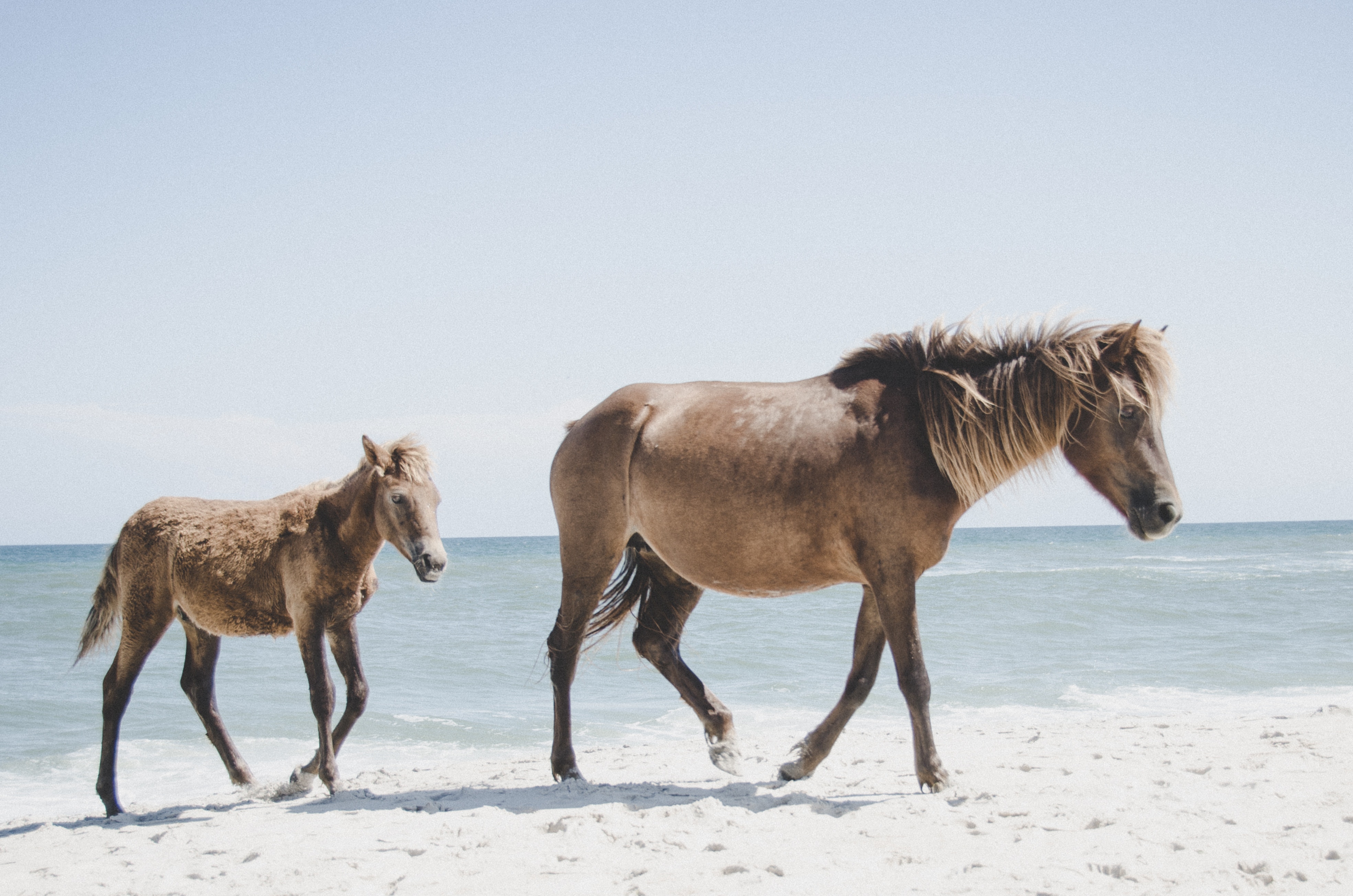
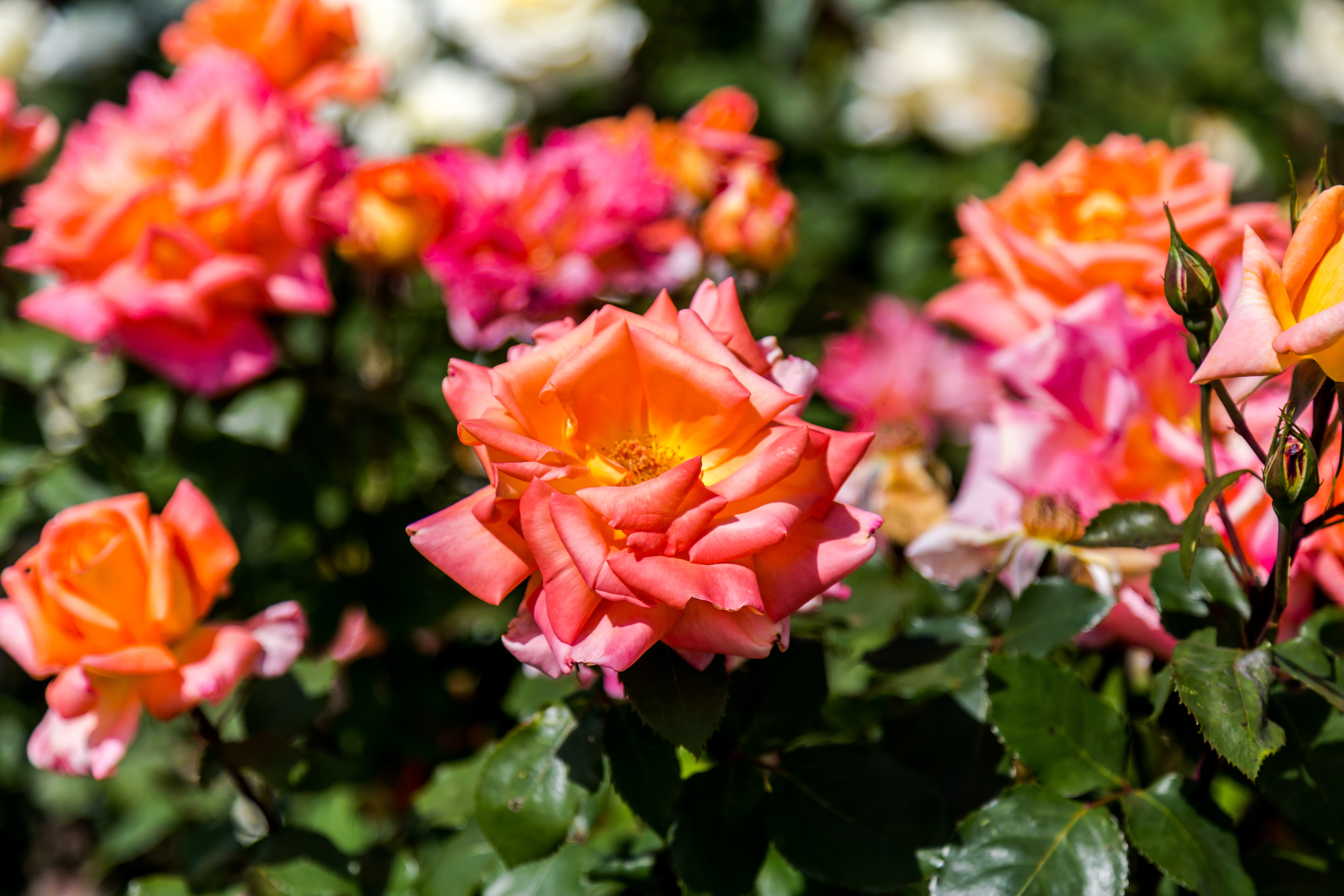
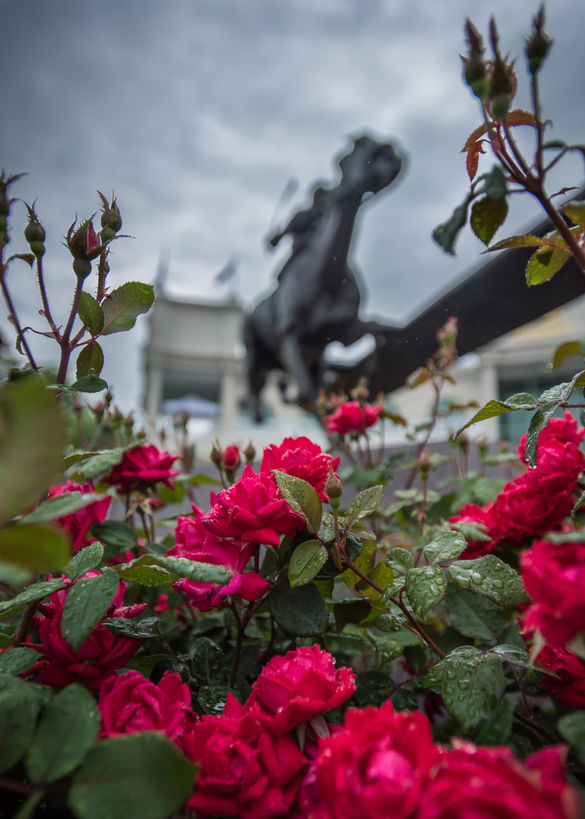 feet and huge thorns do not mix well.
feet and huge thorns do not mix well.
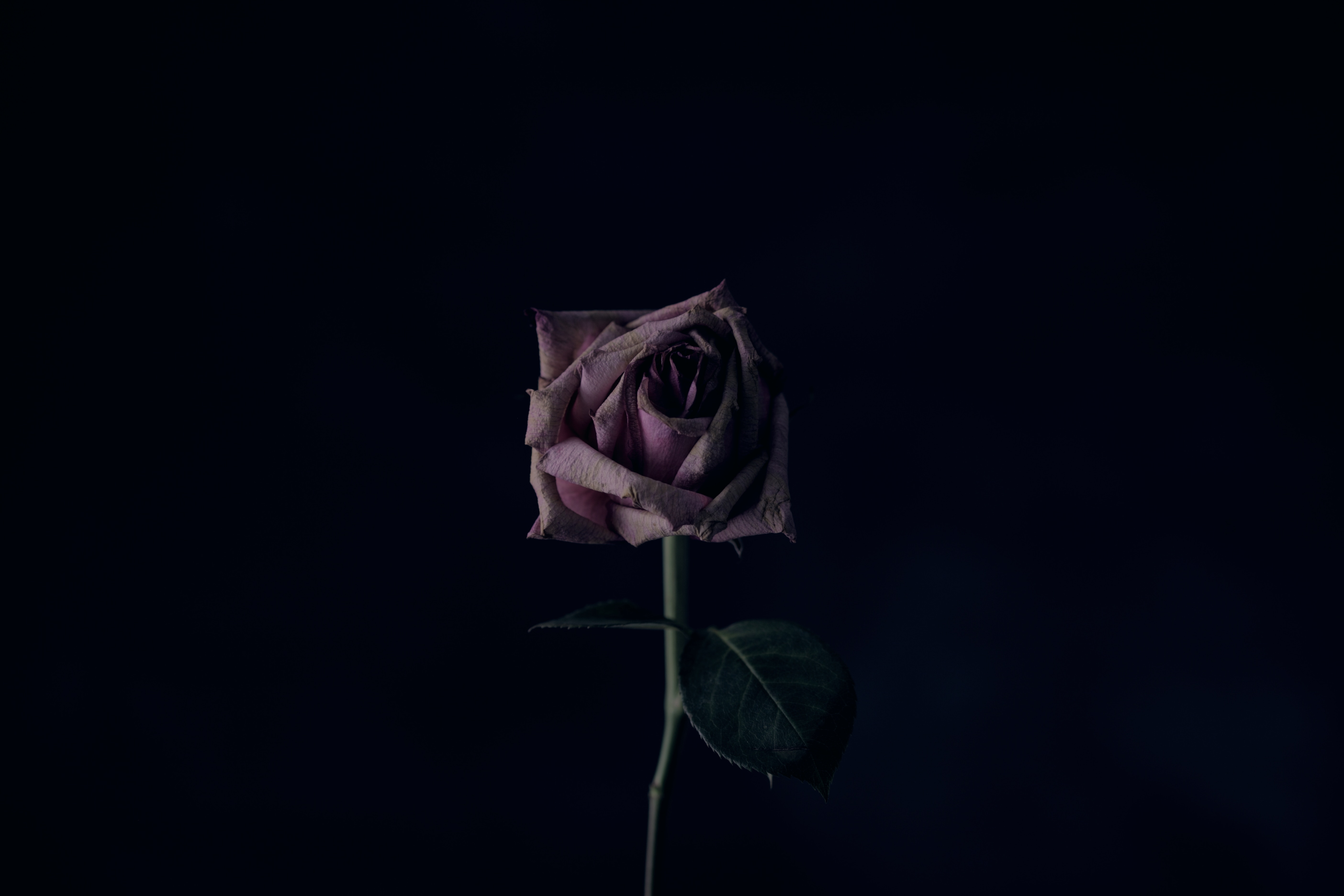






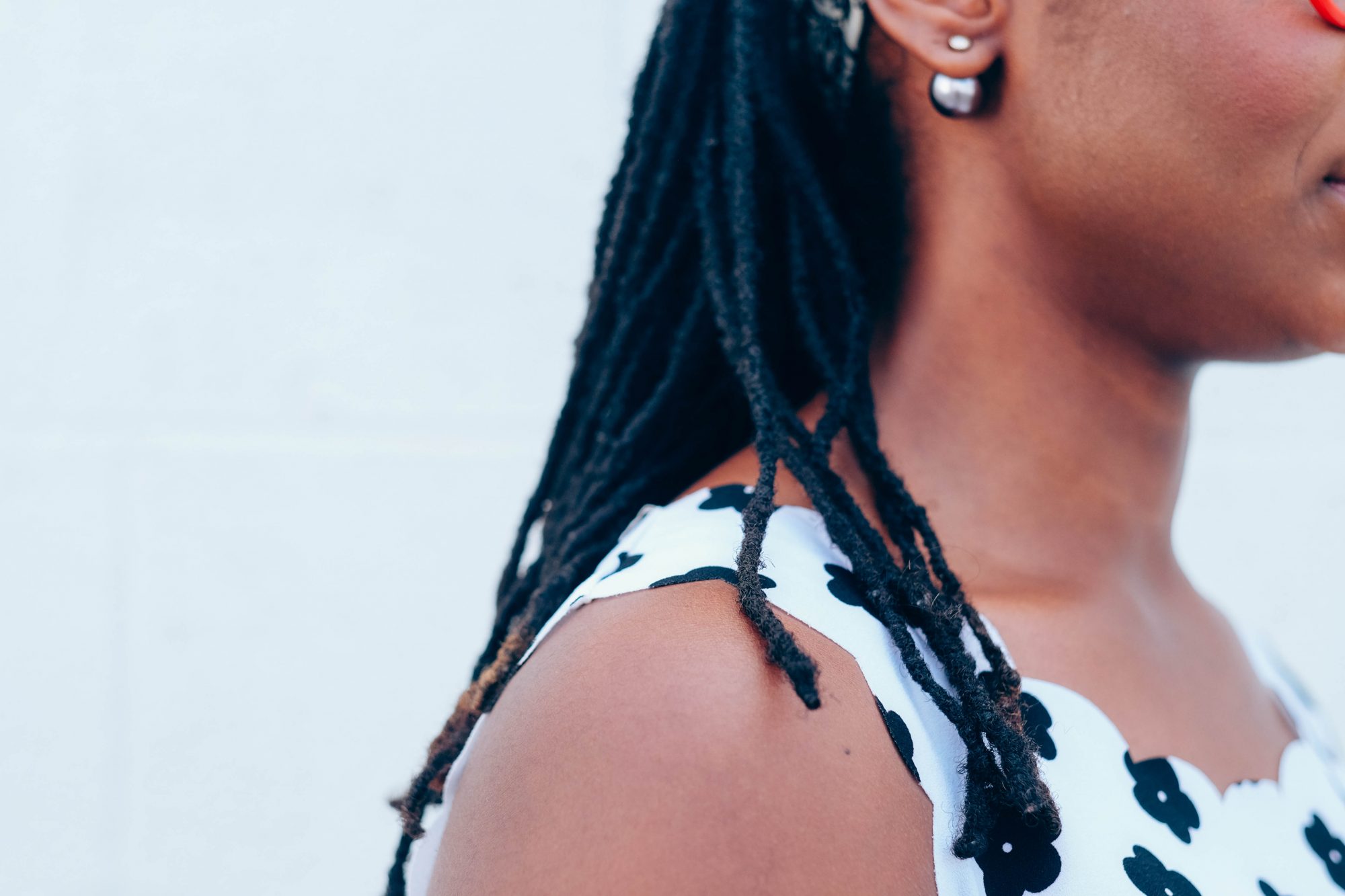


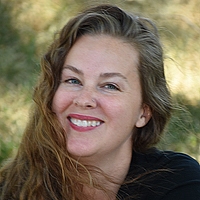 Keva Bartnick is an artist, writer, and lightworker. Happily married mother of three; she’s been inspiring people to be their most courageous selves since 2015.
Keva Bartnick is an artist, writer, and lightworker. Happily married mother of three; she’s been inspiring people to be their most courageous selves since 2015.